The U.S. automotive electronics market is $249.6 billion and is expected to grow to $391.4 billion in 2033. That’s a CAGR of 4.6% for the next decade. And again, that $390+ billion is just in the U.S.
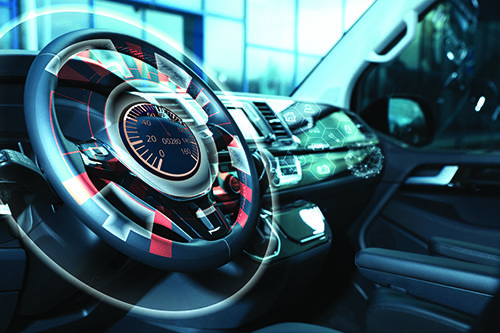
Obviously, as we see more electronics in vehicles, we’ll see more electronic connectors.
USCAR and LV214 are the standards for automotive connector systems. However, both apply primarily to cable-to-cable and cable-to-board connector systems. With the advent and growth of software-defined vehicles (SDVs), designers and industry experts predict vehicles will incorporate more board-to-board (i.e., PCB level) connectors. As one observer noted, we’re going to be driving a computer, and integrating a central computer into a vehicle fundamentally changes the electronics in that vehicle.
The biggest change is replacing the electronic control units (ECUs) with a “central computer” in the vehicle. In traditional vehicles, the ECUs are small “boxes,” each controlling a discrete function in the vehicle. Examples include an ECU for headlights, another for operating the windows, another for the seat controls, another for the comfort system, etc. A typical vehicle can have 40 or more ECUs, and a high-end luxury car may have 150 or more. All of these ECUs need to be integrated into the electronic system and driver interface of the vehicle.
Alternatively, SDVs have a central computer that takes on the functions of traditional ECUs. Since software now dictates the function of individual components, updates no longer require physically replacing or swapping components in the vehicle.
Connector requirements for embedded computers are different than those of ECUs. Differences include the addition of two-piece board-to-board connectors (i.e., mating socket and terminal sets); high pin counts to accommodate the sheer volume of signals, power, and grounds being processed; and probably more SMT connector devices to save valuable PCB real estate.
Despite these changes, connectors for automotive computers will be required to withstand high shock/vibration and extreme environmental conditions, among other requirements.
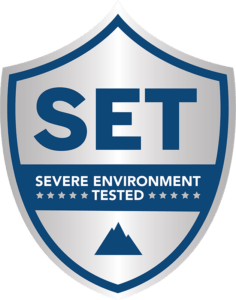
Samtec Severe Environment Testing (SET) includes Samtec’s standard Design Qualification Testing (DQT) and Extended Life Product™ (E.L.P.™) testing, along with additional testing for interconnect systems that will be used in more extreme/harsh applications or environments.
The Severe Environment Test was developed by Samtec for system designers and engineers seeking additional qualification data for products being used in severe environments. These tests go beyond the standard qualification tests and prove the capability of the connector set to operate in severe environments, such as automotive.
Samtec’s SET products are approved for NASA Class D missions that require high-reliability, quick-turn, and cost-effective solutions for LEO satellites, SmallSats, CubeSats, and other space exploration applications.
Samtec SET includes the following tests:
- VITA 47.1 Module Insertions
- VITA 47.3 Humidity
- VITA 47.1 Operating Shock Class OS2
- VITA 47.1 Vibration Class VS3
- Exceeds VITA 47.1 Temperature Cycling Class C4
- Exceeds VITA 47.1 Non-Operating Temperature Class C4
- VITA 47.1 Electrostatic Discharge Resistance
- Exceeds VITA 47.1 Altitude for DWV
Here’s a link to Samtec’s Automotive Testing Guide, which gives an overview of Samtec Design Qualification Testing, ELP, SET, and rugged automotive connectors.
Samtec has published all of its data on Severe Environment Test reports for several popular product series at www.samtec.com/set.
And here’s a link to learn everything about Samtec and the automotive world, including rugged automotive connectors.
If you have questions about Samtec SET products, contact us at [email protected].
Other blogs that might interest you:
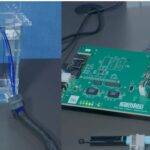
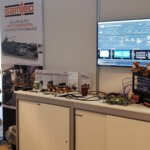
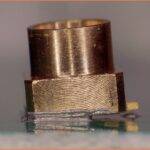
Leave a Reply